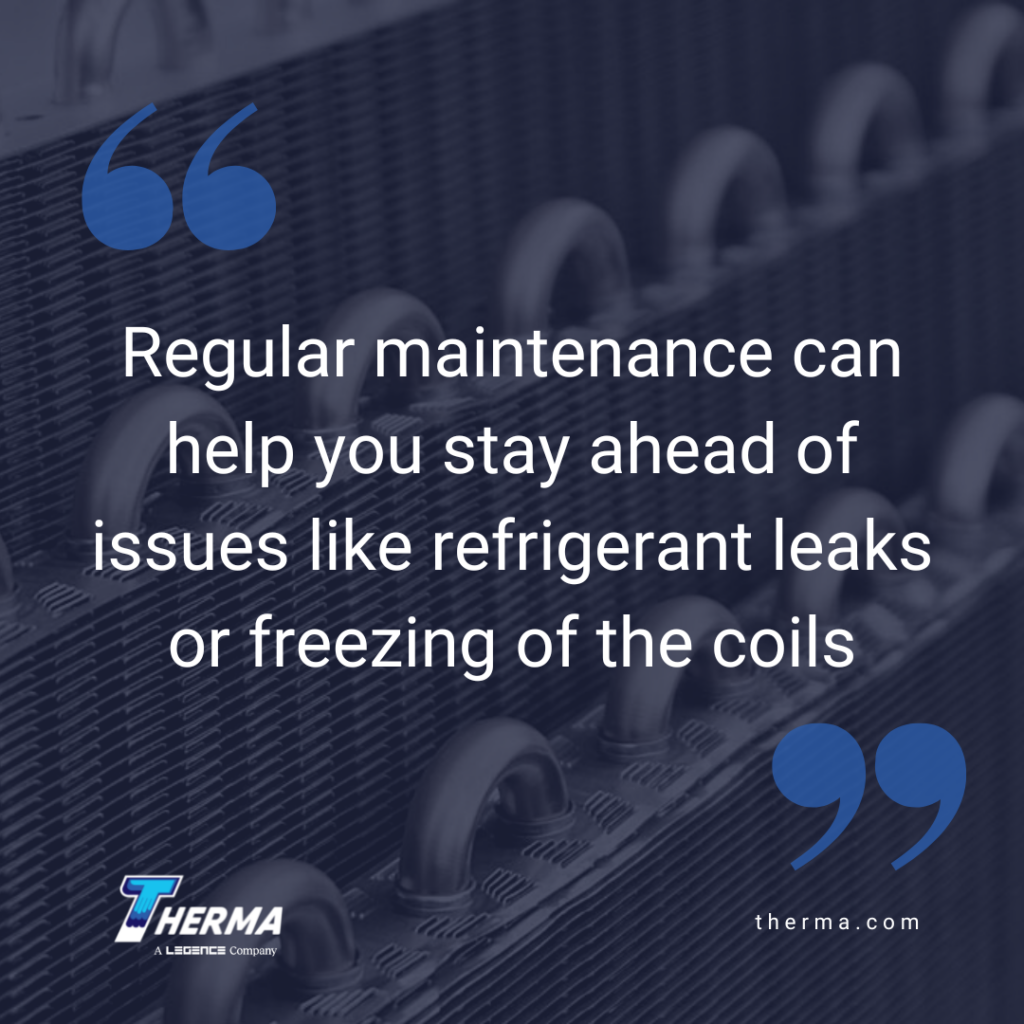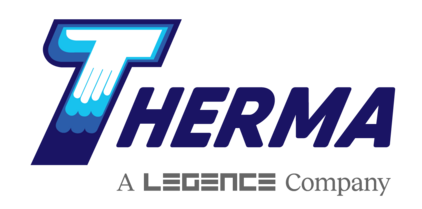by Ali Kriscenski
One of the most important components of your HVAC system is the coils which facilitate the exchange of thermal energy. Whether you are a DIY type, have an in-house maintenance crew, or just surveying your system, it’s important to know what maintenance your HVAC coils require. In this article, we’ll take a look at the HVAC coils and how to properly clean and maintain them for system efficiency.
What are HVAC Coils?
While HVAC coils can vary between manufacturers, systems are typically designed with two coils. One serves as a medium to circulate thermal energy in a refrigerant and the other conditions the air supply. The two types of coils are evaporator coils, located inside, and condenser coils, located outside.
HVAC Evaporator Coils
Evaporator coils are integrated within your HVAC system ductwork. They maintain conditioned air temperature by heating or cooling air as it passes through the coils. The temperature is moderated by the refrigerant circulated into the evaporator coil from the condenser coil.
HVAC Condenser Coils
Condenser coils moderate the temperature of the circulating refrigerant. The condenser works to create either cool or warm energy that is circulated to the evaporator coils. As condenser units sit outside, they are exposed to the weather and require regular maintenance as well as cleaning to prevent corrosion or damage.
Importance of Cleaning HVAC Coils
As HVAC coils are within the ductwork, keeping them clean helps maintain good indoor air quality (IAQ) free of dust or pathogens. In addition to IAQ, proper cleaning and maintenance of HVAC coils are essential to maximizing your system’s efficiency and lifespan.
HVAC coils work to radiate thermal energy from the refrigerant to the evaporator coil to the conditioned air. When evaporator coils are dirty or dusty, the efficiency of thermal energy exchange is diminished. When this happens, although the condenser unit may be circulating correctly the temperature of conditioned air may not provide optimal thermal comfort.
As condenser coils are located outdoors in the compressor unit, they can be exposed to rain, mist, coastal air, dirt, leaves, or even trash. Proper placement of the unit can help protect it from excessive debris, but regular maintenance and cleaning are necessary to make sure the unit is not working overtime. Dirt, leaves, and other debris can impact the condenser’s performance and cause it to work harder.
Managing HVAC Coil Maintenance
Establishing a regular maintenance and cleaning schedule for HVAC coils is central to keeping your system running efficiently. For outdoor components, keep tabs on activities that can increase dust or debris. Weather events, construction, or even lawn maintenance are all factors that can create the need for more frequent cleaning of HVAC coils to ensure they operate at maximum efficiency.
Maintenance and cleaning of condenser coils can include clearing landscaping from around the HVAC unit, brushing away surface dirt on the unit, wiping or hosing down coils, and inspecting the coils for any damage. Regular maintenance can also help you stay ahead of issues like refrigerant leaks or freezing of the coils. Cleaning filters and other system components can prevent debris or obstructions that decrease system efficiency.
 Maintenance Expertise
Maintenance Expertise
Routine maintenance can help keep your HVAC system in top working order. Enlisting the help of professional experts can help identify cleaning or maintenance needs, such as dirty or leaky coils. Maintaining airflow, energy efficiency, and optimal thermal comfort depends on skilled HVAC expertise. Contact Therma’s team of professionals to learn more.
AUTHOR BIO
Ali Kriscenski was trained in high-performance building design at Boston Architectural College. She has worked with leading architecture and construction firms in NYC and New England and served on the executive team at the Forest Stewardship Council International. She was the managing editor at Inhabitat and has worked pro bono for the Green Building Institute, ISEAL Alliance, and Habitat for Humanity.
Sources
Forbes – HVAC Maintenance Tips
Energy Star – Maintenance Checklist








